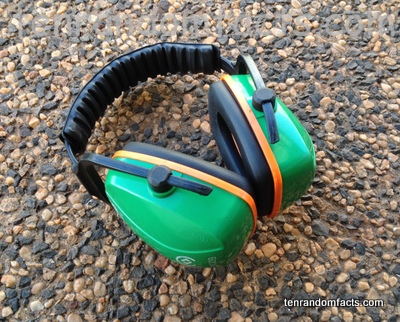Earmuffs: protect your ears from noise and cold.
- Earmuffs are a piece of equipment or clothing accessory, that covers the ears, that are used for either thermal or acoustic purposes.
- Earmuffs typically come as a pair of ear shields, pads or cups, connected by a curved strip that is usually made of metal or thermoplastic.
- ‘Earmuffs’ are also known as ‘ear protectors’ and ‘ear-mufflers’, and those used for acoustic purposes are also known as ‘ear defenders’ and ‘hearing protectors’ and are classified as ‘personal protective equipment’ (PPE).
- Thermal earmuffs are used to keep one’s ears warm, and are commonly used outdoors in cold climates.
- Depending on their designed use, earmuff pads are commonly made of fabric, foam or thermoplastic, or a combination of these materials.
- When sounds are too loud, acoustic earmuffs are used to protect the ears, and they should be used when sounds breach 85 decibels.
- Thermal earmuffs were invented in 1873 by American teenager Chester Greenwood, resident of Farmington in Maine in the United States, at 15 years of age, later receiving a patent for his improved invention in 1877, and by 1883 his company produced 30,000 a year and by 1936, 400,000 were being produced annually.
- Earmuffs are usually placed on top or around the back of a person’s head, like a headband.
- Acoustic earmuffs have different ratings, depending on the level of noise reduction they have when in use.
- Earmuffs come in a variety of colours and the pads come in a variety of shapes depending on their purpose and fashion.





